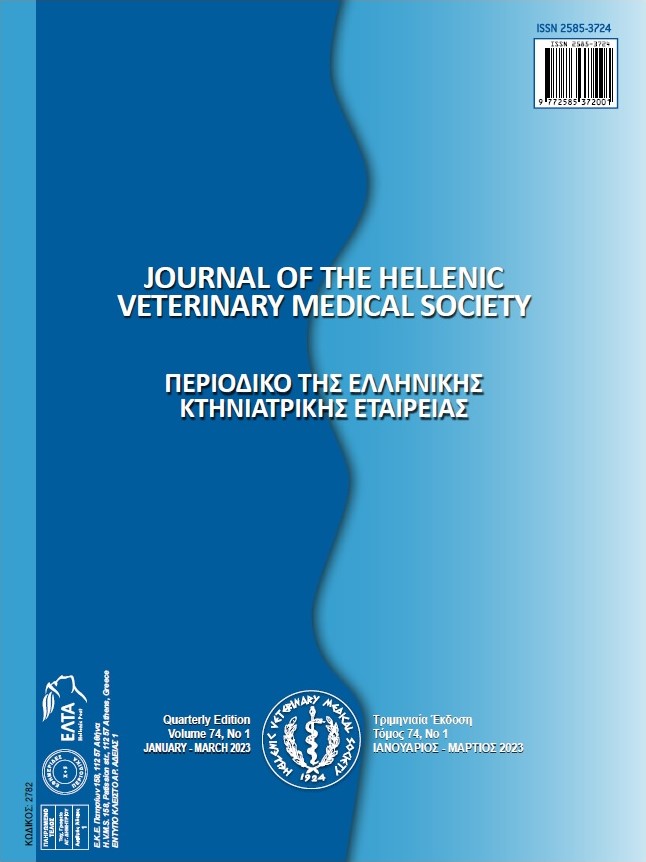Effect of sub-inhibitory concentrations of antibiotic on the production and N-acetylglucosamine scale of methicillin- resistant Staphylococcus aureus biofilm

Abstract
The ability of Staphylococcus spp. to produce biofilm is one of the virulence factors that facilitate the adhesion and colonization on a different surface. In this study, the effects of sub minimum inhibitory concentration (sub-MIC) of some antibiotics were evaluated on induction of the biofilm producing ability and free N-acetylglucoseamine scale in 29 isolates of methicillin resistance staphylococcus aureus. To this end, the antibiogram and biofilm producing functions of the studied isolates were assessed by Kirby-Bauer and tissue culture plate method, respectively. Vancomycin, trimethoprim-sulfamethoxazole and clindamycin were used in antibiogram. The free N-acetylglucoseamine scale in the inducted biofilm after treatment with antibiotic was evaluated by TLC method. Based on the attained results, all the isolates were susceptible to vancomycin and were capable of producing biofilm in weak (40%), moderate (56.6%) and strong (3.33%) levels. Also, biofilm production was induced in 36.66% of isolates (11/30) from moderate to strong level by sub-MIC vancomycin. An invisible change in free N-acetyl glucoseamine scale was demonstrated in the exopolysaccharide (EPS) structure of the studied isolates biofilm.
By comparing of results and literature reviews, free N-acetyl glucoseamine scale in all studied strains was lower than 5µg in before and after inducted biofilm or maybe is not exist. Certainly, for studied of structural N-acetyl glucoseamine scale, using more exact methods of extraction and measurement are need.
Article Details
- How to Cite
-
Moori Bakhtiari, N., Ezzati Givi, M., & Goudarzi, S. (2023). Effect of sub-inhibitory concentrations of antibiotic on the production and N-acetylglucosamine scale of methicillin- resistant Staphylococcus aureus biofilm. Journal of the Hellenic Veterinary Medical Society, 74(1), 5363–5370. https://doi.org/10.12681/jhvms.29576 (Original work published April 11, 2023)
- Issue
- Vol. 74 No. 1 (2023)
- Section
- Research Articles

This work is licensed under a Creative Commons Attribution-NonCommercial 4.0 International License.
Authors who publish with this journal agree to the following terms:
· Authors retain copyright and grant the journal right of first publication with the work simultaneously licensed under a Creative Commons Attribution Non-Commercial License that allows others to share the work with an acknowledgement of the work's authorship and initial publication in this journal.
· Authors are able to enter into separate, additional contractual arrangements for the non-exclusive distribution of the journal's published version of the work (e.g. post it to an institutional repository or publish it in a book), with an acknowledgement of its initial publication in this journal.
· Authors are permitted and encouraged to post their work online (preferably in institutional repositories or on their website) prior to and during the submission process, as it can lead to productive exchanges, as well as earlier and greater citation of published work.


